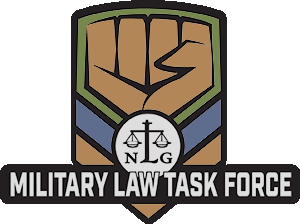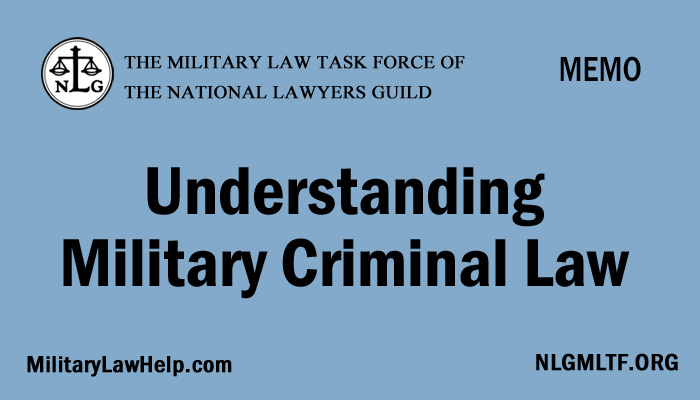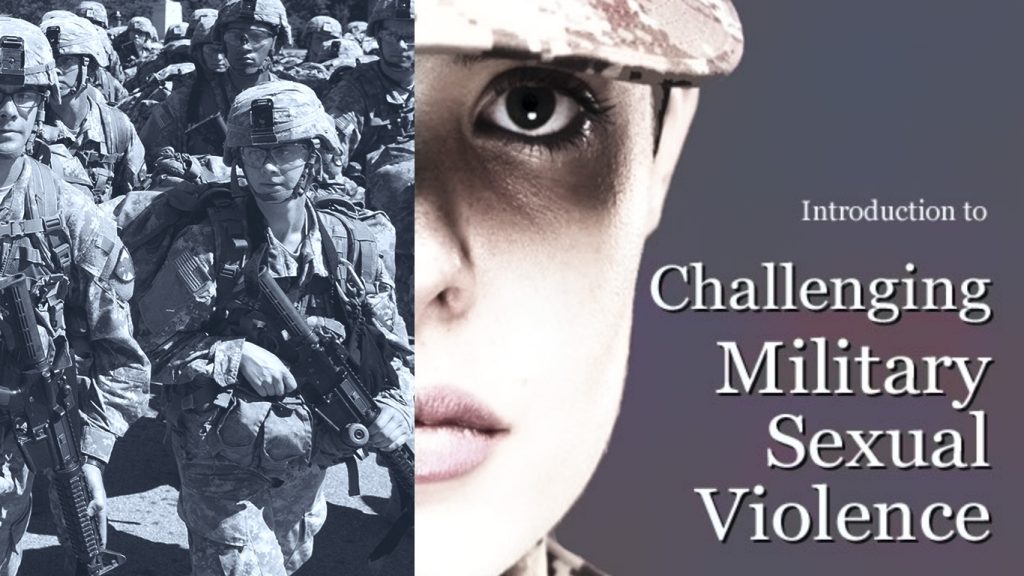by James R. Klimaski
Rev. 2018 September
Military criminal law reflects the constraints of military service. Although service members enjoy basic constitutional rights, they are also subject to restraints the military believes necessary for discipline and achieving a cohesive fighting force. The military member agrees to these strictures when s/he signs the enlistment contract of service. Once the contract is in effect – which occurs when the individual takes the formal oath of office – the service member cannot simply quit. Conversely, the military cannot simply dismiss the member. Military service is not a civilian job, i.e., employment-at-will or employment contract.
The Military operates under the Uniform Code of Military Justice (UCMJ), 10 U.S.C. § 801, et. seq., rather than civilian criminal statutes. The UCMJ criminalizes acts that are not crimes in the civilian context. For example, concerning the service contract, the UCMJ outlaws desertion, absence without leave (AWOL) and missing movement, which means failing to report when one’s unit is deployed, under orders, to another location. To ensure orderly operations and secure the chain of command, the UCMJ also criminalizes disruptive actions such as insubordination, or failure to follow orders or regulations. There are a few limits on free speech, but the military’s efforts to restrain all speech have failed.
Additionally, the military proscribes private individual behavior such as fraternization between service members of different ranks and adultery. Further, the military asserts jurisdiction over service members for bad behavior while on leave or out of uniform. Finally, the UCMJ contains a catch all provision, Article 134, criminalizing acts that discredit the military and are prejudicial to good order and discipline.
The military enforces the UCMJ through a multi- tiered system of forums, ranging from non-judicial punishment to the general court-martial, a proceeding akin to a civilian felony criminal trial with judge and jury. The UCMJ contains provisions describing both non-judicial and judicial punishments. The service member’s Commander, the Convening Authority, decides whether to prosecute the case, determines the forum, appoints the jury panel and ultimately approves any adjudged punishment.
Article 15: Punishment Not a Criminal Conviction, But Can Result in Criminal Arrest Record
Article 15 of the UCMJ codifies non-judicial punishments. An example of an act subject to an Article 15 is reporting late to an assignment or work. The closest civilian comparison is a minor traffic offense. In a civilian setting, a hearing examiner would adjudicate such minor infractions. In the military, however, the service member’s commanding officer serves as the hearing examiner. Punishment under Article 15 is not a criminal conviction.
Even so, the military sometimes reports Article 15 arrests to the Federal Bureau of Investigation. As a result, years later the former service member discovers that she or he has a criminal arrest record for something that may not even be a criminal offense and for which the service member was found not guilty. The military does not have a formal process to expunge arrests, as do civilian courts.
Because Article 15 punishment is “non-judicial,” the service member may appeal the decision only to his or her next higher Commander. The military’s formal criminal appeals system does not include jurisdiction over Article 15 punishments.
Courts-Martial: The Military’s Formal Criminal Adjudication
Courts-martial constitute the military’s formal criminal adjudication. There are three court-martial levels: (I) the lowest, summary court-martial; (2) special court-martial; and (3) the highest, general court-martial. Conviction in either a special or general court-martial constitutes a federal criminal conviction.
A summary court-martial, a procedure the military rarely uses, is more formal than an Article 15, but the punishment is not a criminal conviction. One individual, not the service member’s commanding officer and usually a military lawyer, presides over a summary court-martial and acts as prosecutor, judge and jury. The military does not provide the service member with military counsel for a summary court- martial. The service member, however, may bring a representative, including a civilian attorney, to defend him or her.
The principal difference between a special court- martial and a general court-martial is the level of punishment each can impose. Special courts-martial convictions essentially constitute misdemeanors. Such a conviction carries no more than a one-year confinement, reduction in rank, pay forfeiture and a Bad Conduct Discharge, even when the offense authorizes a higher maximum punishment.
A general court-martial, however, may impose confinement up to the offense’s maximum sentence, including life imprisonment or the death penalty. No service member has been put to death since 1961, although since then general courts-martial have handed down several death sentences.
CO’s Substantial Powers Over Courts Martial Open to Serious Abuse
The commanding officer, having general court- martial Convening Authority, chooses the level of court-martial and the make-up of the jury. These powers are open to serious abuse. The Manual for Courts-Martial (MCM), the rules or procedure for courts-martial, limits the Convening Authority’s power to affect the court-martial’s outcome. A Presidential Executive Order, the MCM undergoes revision at least every other year. The President must formally approve the changes.
After preferring the charges, if the Commander contemplates a general court-martial, he or she selects an Article 32 investigating officer, who conducts what is essentially a preliminary investigation. This investigator gathers the facts of the case and recommends whether the charge merits a general court-martial. The Commander can accept or reject the investigator’s recommendation without explanation. If the Commander refers the matter to either a special or general court-martial, she or he selects the jury (court panel), whose members must be of equal or greater rank than the accused. An enlisted service member can require that at least one-third of the panel member come from the enlisted ranks. Military courts tolerate liberal voir dire, permitting peremptory challenges and those for cause.
To Decrease Command Influence, Defense Bar and Judiciary Are Independent
To decrease command influence, every service has an independent defense bar and judiciary. The independent trial defense service details a defense lawyer to the defendant (the “accused,” in military parlance), who does not have to pay for this representation. The accused may request a specific military lawyer for his/her defense and has the right to hire a civilian lawyer at her or his own expense. The Chief Judge of the trial judiciary for each service branch appoints a military judge to a case.
The court-martial generally follows the Federal Rules of Evidence. Trial procedures are similar to those in civilian courts. The jury’s decision, however, need not be unanimous, except for sentencing in a capital punishment case. The Convening Authority reviews any conviction after the trial and may grant clemency or otherwise lower the sentence. If the sentence consists of a punitive discharge and/or one year of confinement, the case is automatically appealed to the Court of Criminal Appeals for the respective service. These judges are military officers.
The United States Court of Appeals for the Armed Forces (CAAF) provides a second appeal level. The judges are civilians whom the President has nominated and the Senate has confirmed. The final resort is to appeal through a petition for certiorari to the United States Supreme Court.
The military operates under its own criminal laws and procedures. Any unfairness stems from those who control the proceedings.
James Klimaski is a member of the NLG Military Law Task Force Steering Committee and a long-time military law practitioner.



